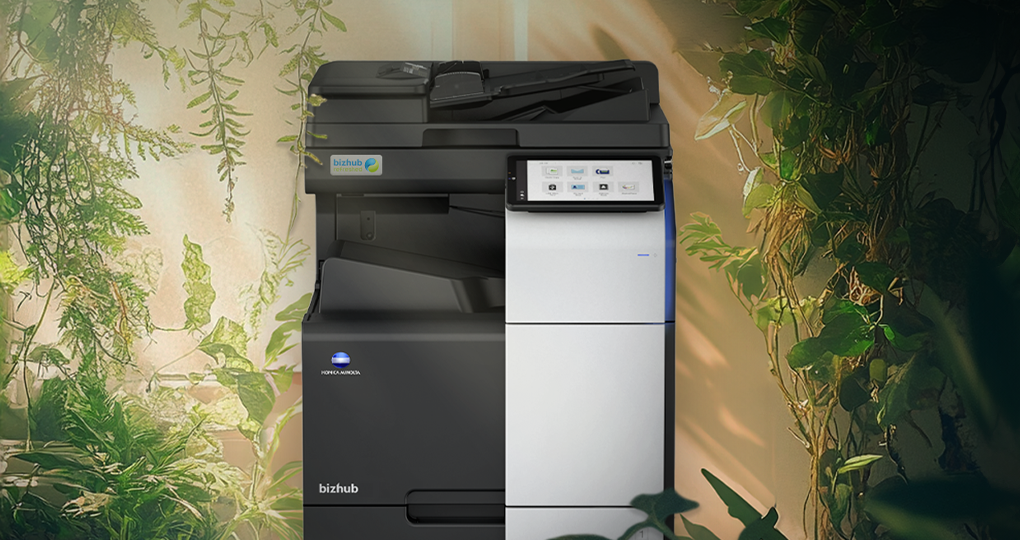
Common office printer problems and how to fix them without a technician's help
In many modern offices, printers are essential daily tools that ensure smooth and uninterrupted work processes. However, even the most reliable devices can occasionally cause trouble. Common issues include paper jams, poor print quality, or connectivity problems, all of which disrupt daily tasks and reduce productivity. In many cases, technicians are called as soon as a problem arises, but some minor malfunctions can be easily resolved independently with a few simple solutions. Below, we will review the most common office printer problems and offer practical tips on how to fix them without the need for professional assistance.
Paper Jams
Cause: Improperly loaded paper, excessive number of sheets, or worn feed rollers.
Solution:
- Carefully remove the jammed paper in the direction of the paper feed.
- Open access covers and check for any additional obstructions inside.
- Before reloading, align the stack of paper sheets properly.
- Do not overload the paper tray and ensure the paper is of the correct type (pay attention to thickness and texture).
Low Toner Level Warning
Cause: Inaccurate sensor or recently refilled toner cartridge.
Solution:
- Remove and gently shake the cartridge to redistribute the toner evenly.
- Reinsert the cartridge—this often helps reset the sensor and clear the warning.
- If you've recently refilled the toner, check if the chip needs to be reset (some cartridges have them).
- Note: A low toner warning does not mean the toner is completely empty. Don’t rush to replace it—typically, there's still a reserve for printing. It’s not advisable to use up toner entirely, as it may affect print quality, but there’s also no need to change it immediately upon receiving the alert. Monitor your printing volume and replace the toner when convenient.
Faint or Streaky Prints
Cause: Low toner or a dirty toner drum.
Solution:
● Run the printer's cleaning function (usually found in settings).
● For laser printers—check if the drum is dusty or damaged.
● If you notice any damage—contact a service technician.
Printer Not Connecting to Computer or Wi-Fi
Cause: Driver errors, connection loss, or power-saving mode.
Solution:
- Restart both the printer and the computer.
- Reconnect to Wi-Fi via the printer’s display.
- Download and install the latest drivers from the manufacturer’s website.
- Disable sleep mode if the connection frequently drops.
Slow Printing
Cause: High-quality settings, “heavy” documents, weak network.
Solution:
- Change print quality from “High” to “Draft” or “Standard.”
- Use a wired connection instead of wireless, if possible.
- When printing PDFs, select “Print as image.”
Streaks or Spots on Prints
Cause: Dirty drum or low-quality toner.
Solution:
- Check the drum for scratches or built-up toner.
- Use the printer’s cleaning function, if available.
- Make sure you're using high-quality, manufacturer-approved toner.
- If the issue persists—contact a service technician, as drum replacement may be needed.
“Printer Offline” Message
Cause: Sleep mode, incorrect default printer setting, connection error.
Solution:
- Go to Devices and Printers, right-click, and select “Set as default printer.”
- Check cables or wireless connection.
- Restart the print spooler (Windows: services.msc → Print Spooler → Restart).
Documents Stuck in Print Queue
Cause: Frozen Print Spooler service.
Solution:
- Cancel all print jobs.
- Restart the print spooler or simply turn the printer off and on.
- Unplug the printer from power for at least 30 seconds, then plug it back in.
4 General Maintenance Tips for Smooth Printer Operation:
- Periodically run the printer’s automatic cleaning function.
- Use high-quality or original toner to avoid drum contamination.
- Regularly update printer and computer software and drivers.
- Store paper in a dry, well-ventilated area to prevent moisture and wrinkling.

